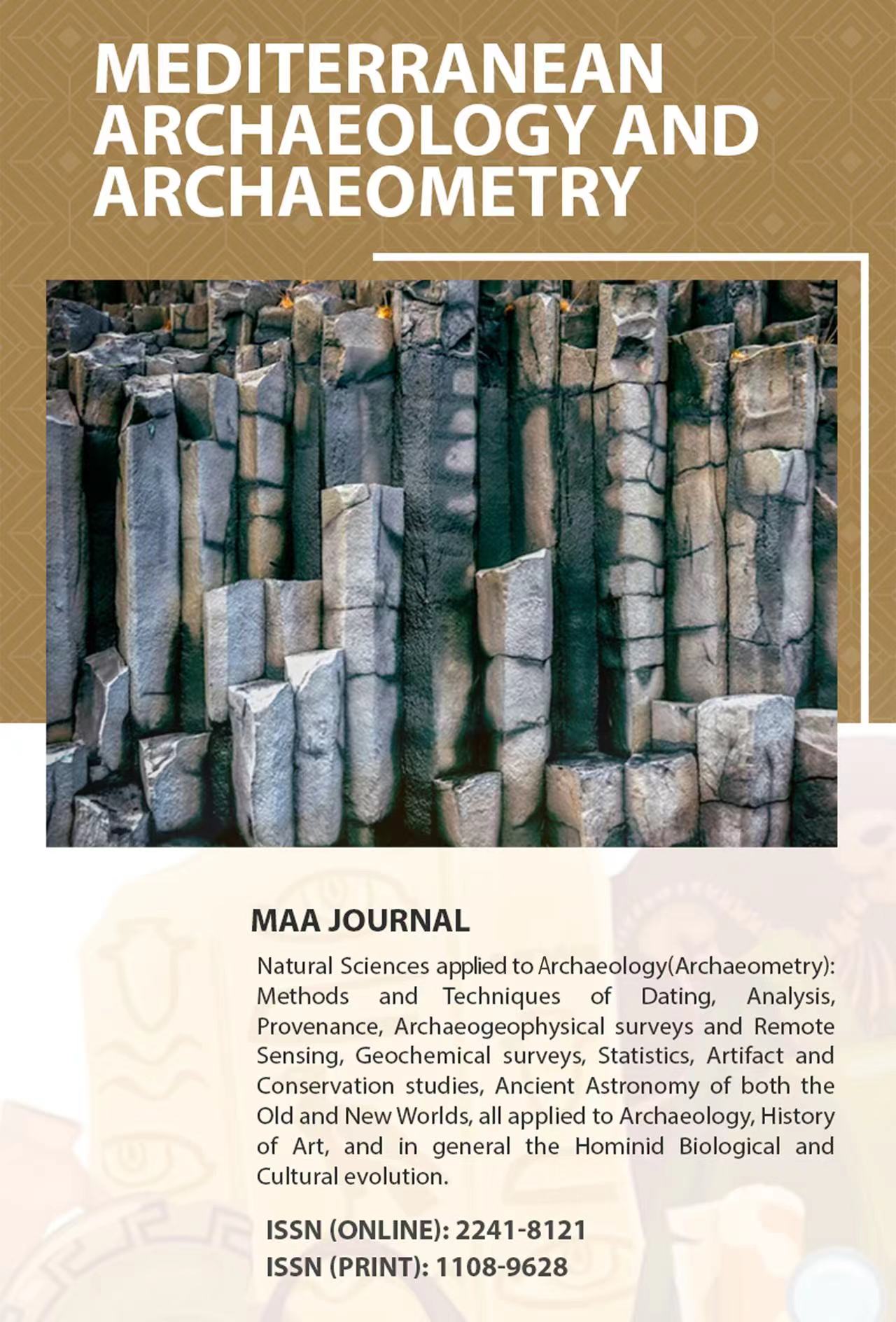Strengthening and Protecting the Unearthed Wet Outer Coffin Wooden Cultural Relics: A Case of the Tomb of Marquis Yi of Zeng in Hubei, China
Keywords:
Tomb of Marquis Yi of Zeng, Unearthed, Wet Outer Coffin, Strengthening.Abstract
Significant variations in climate exist between the northern and southern regions of China, resulting in varying degrees of decay observed in wooden relics unearthed from different areas. The preservation of wooden cultural artifacts in humid environments is influenced by numerous factors including regional environmental conditions (such as temperature, humidity, and biological mold), and site structural characteristics, among others, making the conservation efforts more specialized and intricate. This study utilizes the example of the unearthed wet outer coffin wooden cultural relics from the Tomb of Marquis Yi of Zeng to demonstrate a method involving the use of polyvinyl acetate (PVAc) composite material for the reinforcement and protection of such artifacts. Through a comprehensive analysis of various analytical techniques including scanning electron microscopy, Fourier transform infrared spectroscopy (FT-IR), density increase rate, wood compression strength along the grain, hydrophobic property, and other micro and macro properties, it was determined that: The combination of PVAc and shellac as a reinforcement agent has been shown to enhance the mechanical properties of wooden cultural relics while also maintaining minimal color variation, increased biocompatibility, and durability. This method is particularly well-suited for fortifying and preserving damp wooden cultural relics that exhibit varying degrees of decay. The findings offer significant insights and potential avenues for further research on the preservation methods for large wooden cultural artifacts discovered in the middle and lower regions of the Yangtze River dating back to the Warring States Period.










